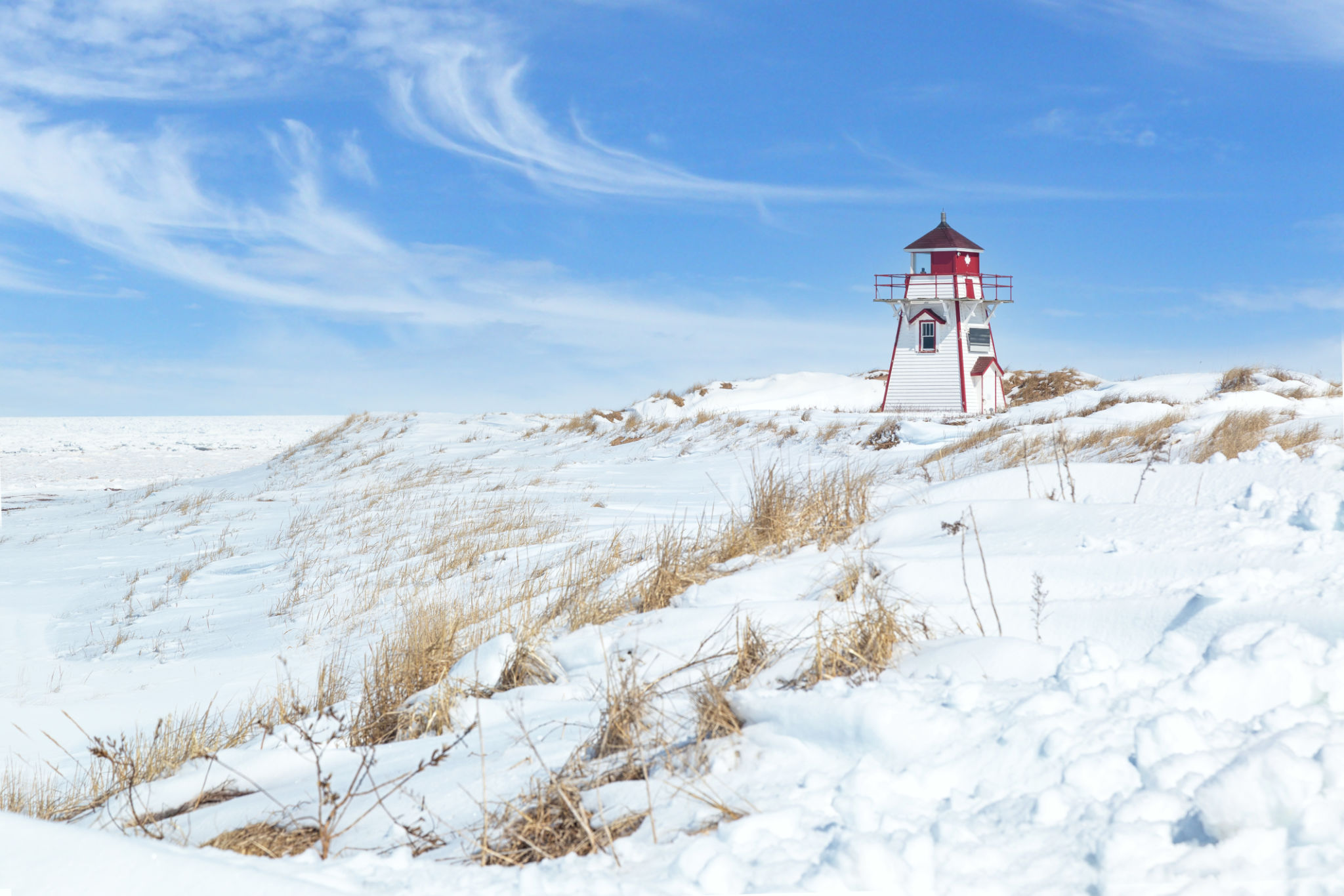Seasonal Insights: Preparing for the Canadian Winter as a New Immigrant
Understanding the Canadian Winter
Moving to Canada can be an exciting and life-changing experience. However, for many new immigrants, the Canadian winter can be a daunting prospect. With temperatures often plummeting below freezing and snow covering the landscape for several months, it's important to be well-prepared to embrace this new environment.

The Canadian winter typically lasts from December to March, but in some regions, it can start as early as November and extend into April. Understanding the weather patterns and climate of your specific region is crucial. Whether you're in the coastal areas of British Columbia or the snowy plains of Manitoba, each location offers its own unique winter challenges and beauty.
Investing in Warm Clothing
One of the first steps in preparing for a Canadian winter is investing in proper clothing. Layers are key to staying warm. Start with thermal undergarments, followed by insulating layers like sweaters and fleece, and top it all off with a waterproof and windproof coat.

Don’t forget about accessories such as hats, gloves, scarves, and thermal socks. These items are essential for protecting extremities from the cold. Boots should be sturdy, insulated, and have good traction to prevent slips on icy surfaces.
Preparing Your Home
Keeping your home warm during the winter months is crucial for comfort and safety. Ensure that your heating system is in good working order before the cold weather sets in. Consider having a professional inspect and clean your furnace or boiler.

It's also wise to invest in weatherproofing your home. Use weather stripping on windows and doors to prevent drafts, and consider adding extra insulation to your attic or basement if needed. A programmable thermostat can help you manage energy consumption while keeping your home cozy.
Embracing Winter Activities
Winter in Canada offers a plethora of outdoor activities that can help you embrace and even enjoy the cold season. From skiing and snowboarding in the mountains to ice skating on frozen lakes, there's something for everyone. Engaging in these activities not only makes winter more enjoyable but also helps you stay active and healthy.

If you're not into sports, consider other activities like building snowmen with family, enjoying a winter festival, or simply taking a peaceful walk through a snow-covered park. These experiences can create lasting memories and help you connect with your new community.
Staying Safe During Winter
Safety is paramount during the harsh winter months. Ensure that you are aware of weather forecasts and warnings, especially during snowstorms or extreme cold alerts. It's important to have an emergency kit in your car if you plan on traveling, which should include items like blankets, a flashlight, food, water, and a first-aid kit.

Driving in winter conditions can be challenging, especially if you're not used to it. Make sure your vehicle is equipped with winter tires and always clear snow and ice from your car before driving. Allow extra time for travel and maintain a safe distance from other vehicles on the road.
Building Your Winter Routine
Establishing a winter routine can help you adapt to the season's challenges. Plan indoor activities that keep you entertained and active when the weather is too harsh to venture outside. This could include hobbies like reading, cooking new recipes, or engaging in online courses.
Maintaining social connections is also important during winter months, as shorter days can sometimes affect mood and energy levels. Regularly connect with family and friends through virtual meetups or phone calls to stay positive and engaged.
Adapting to Canadian Culture
Winter is a significant part of Canada's cultural identity. As a new immigrant, immersing yourself in local customs and traditions can enrich your experience. Participating in community events or local winter sports leagues can help you meet new people and understand Canadian culture better.
Learning how locals cope with winter can provide valuable insights and tips for managing the season effectively. This could include discovering favorite winter recipes or finding out which local spots offer the best hot chocolate.
